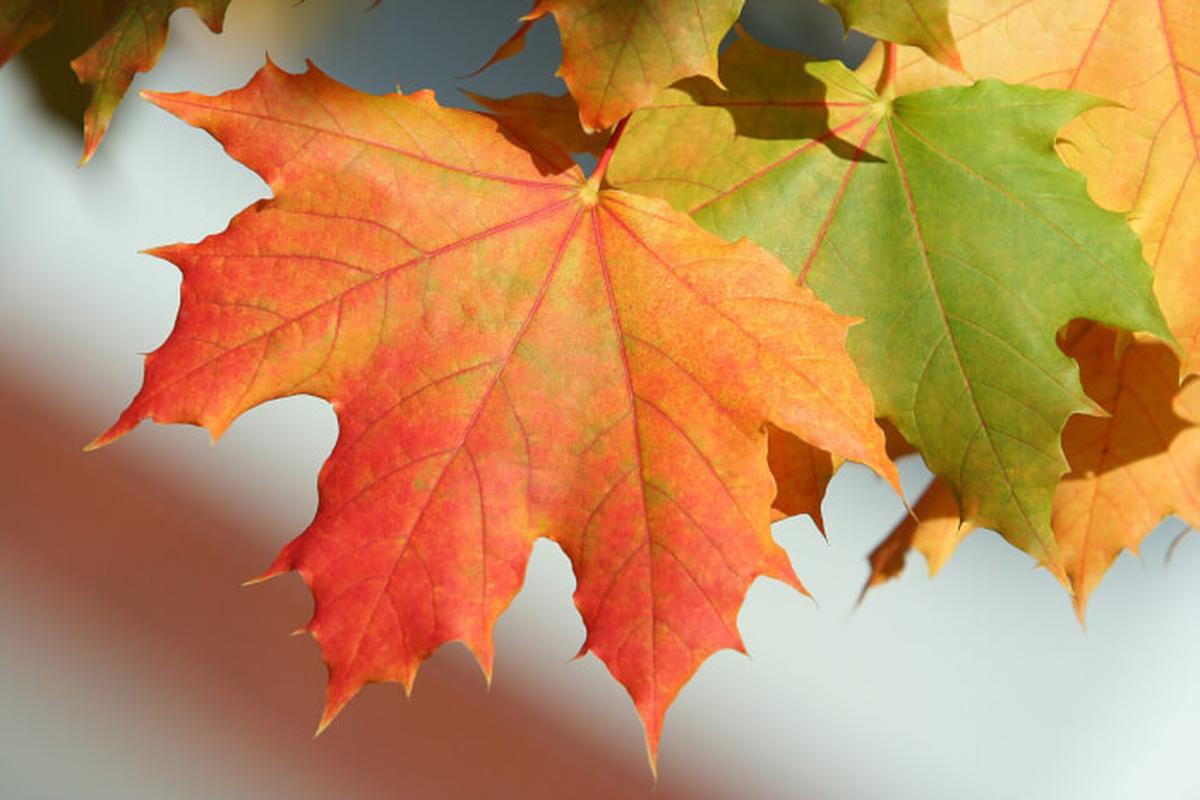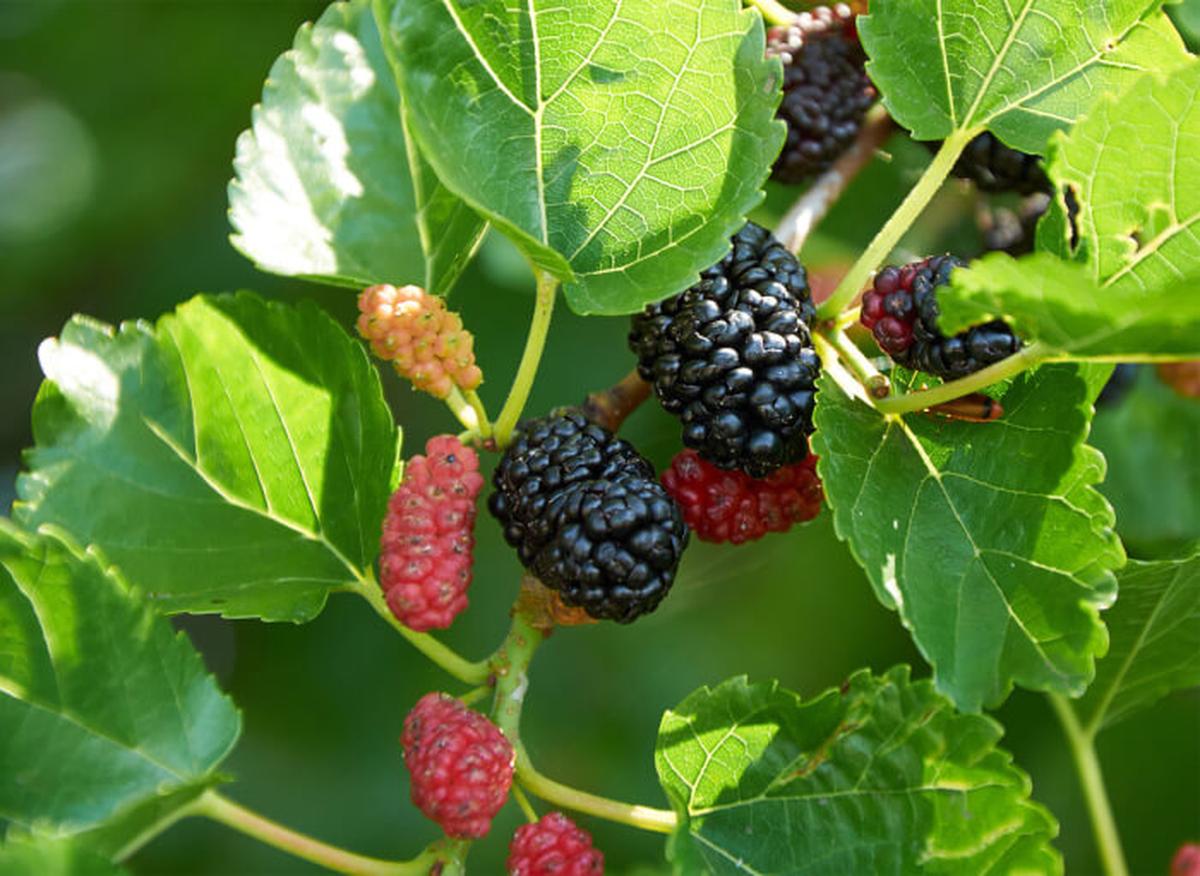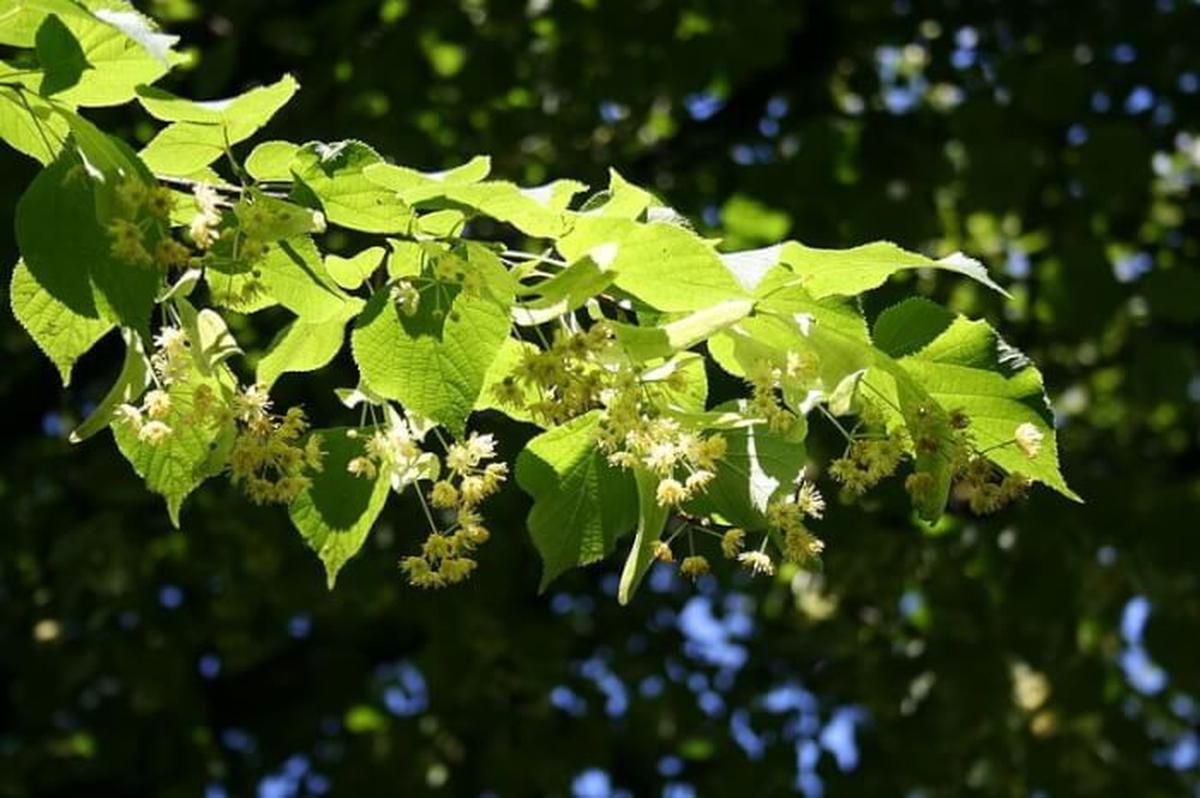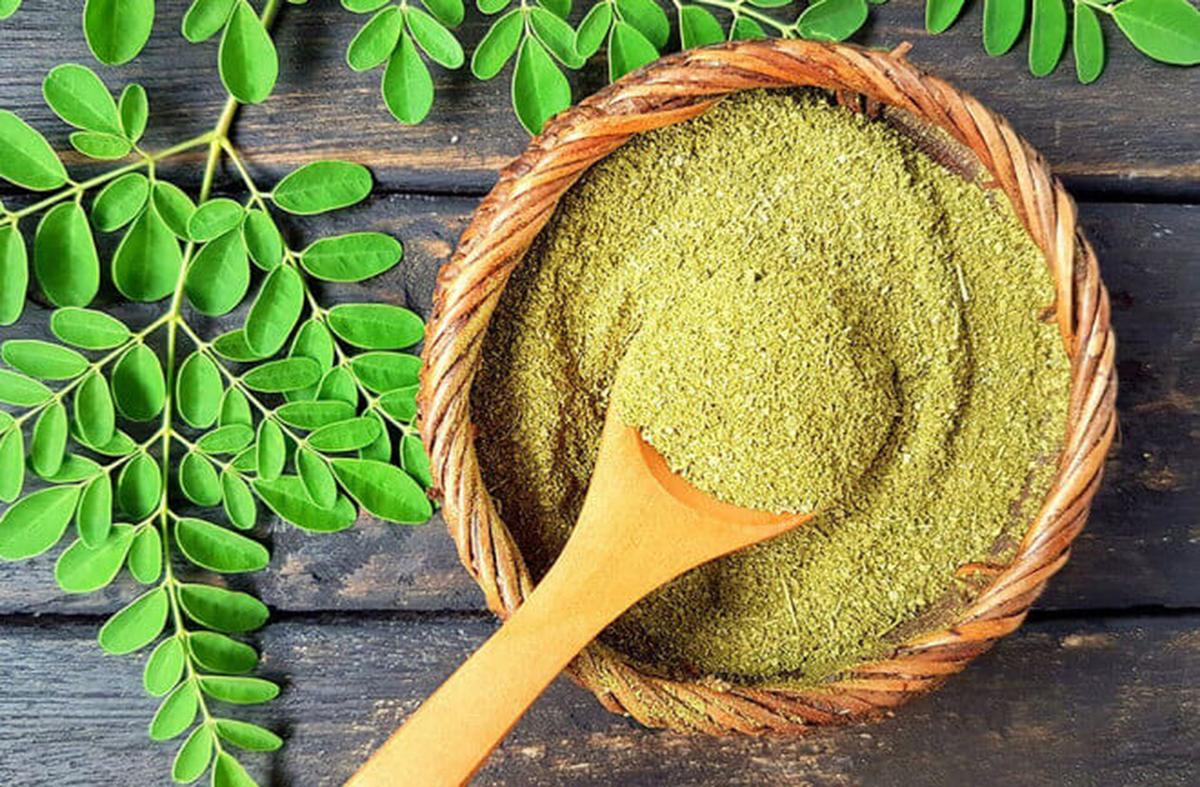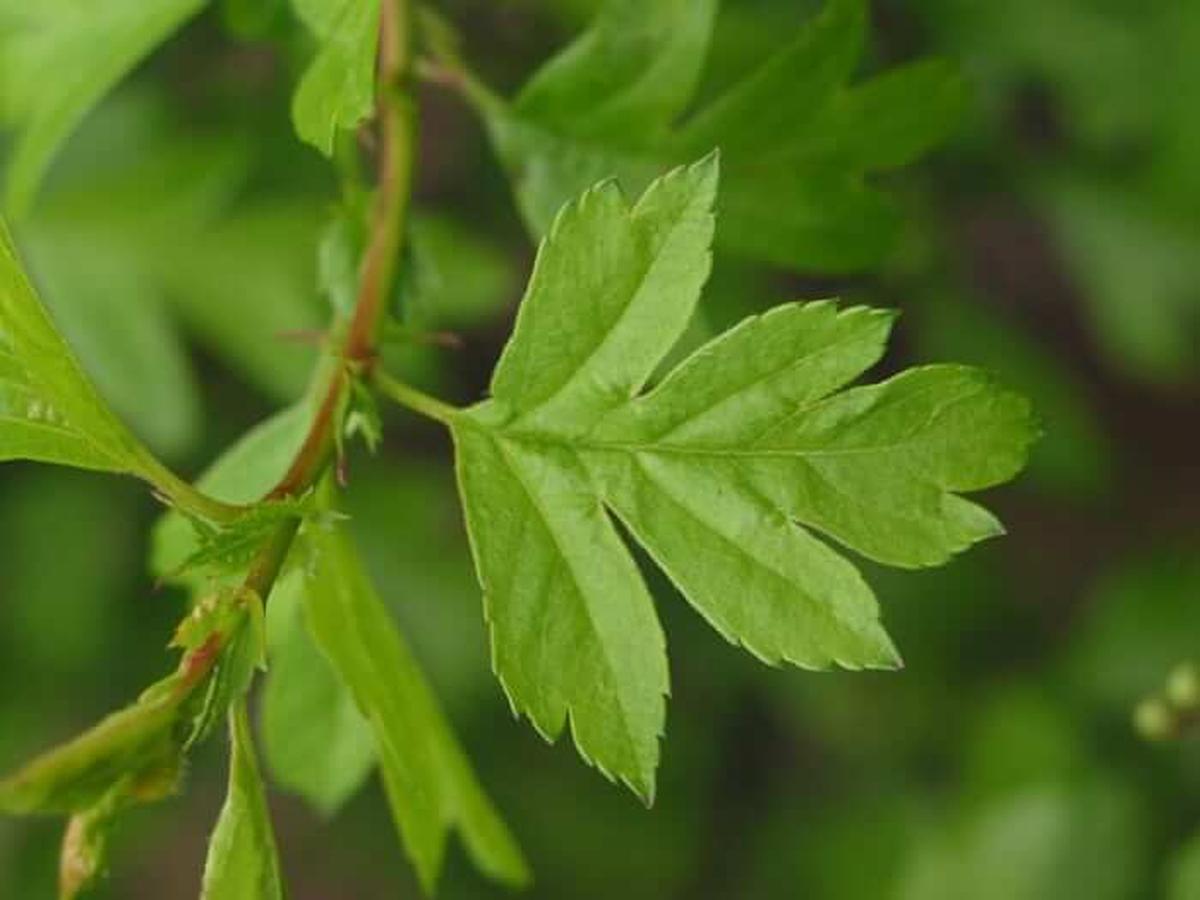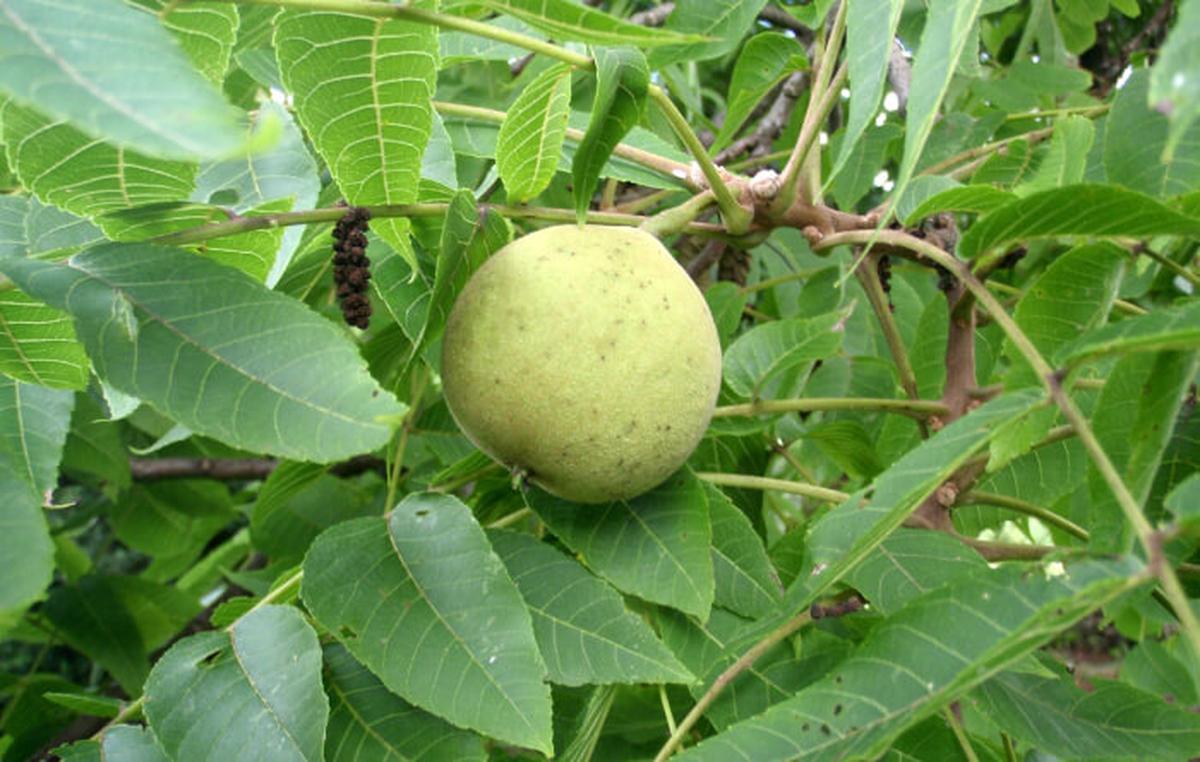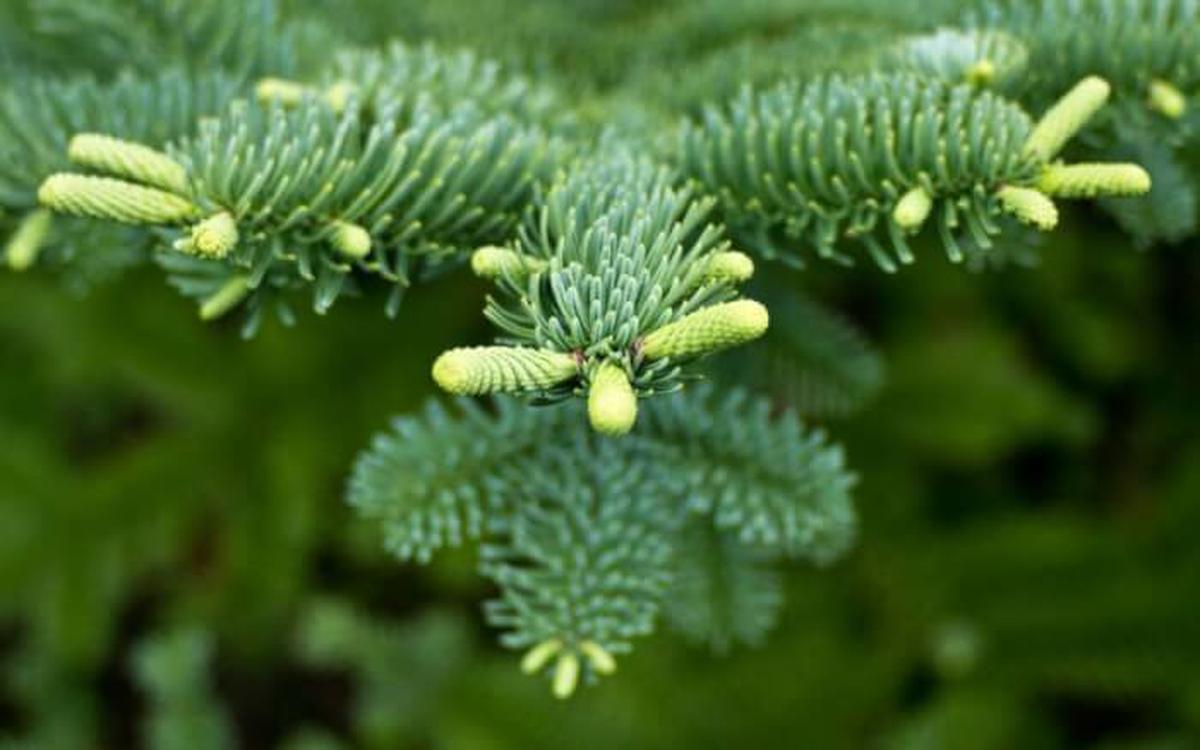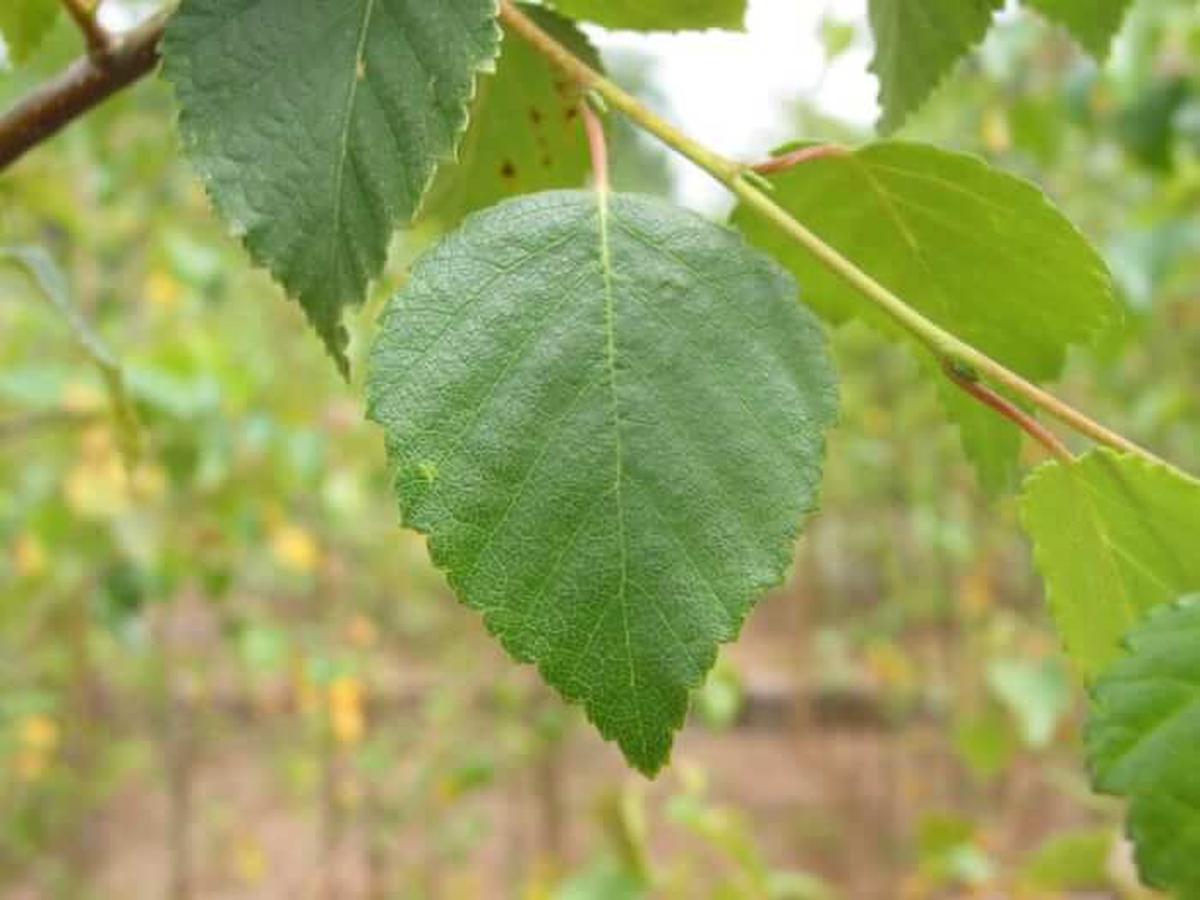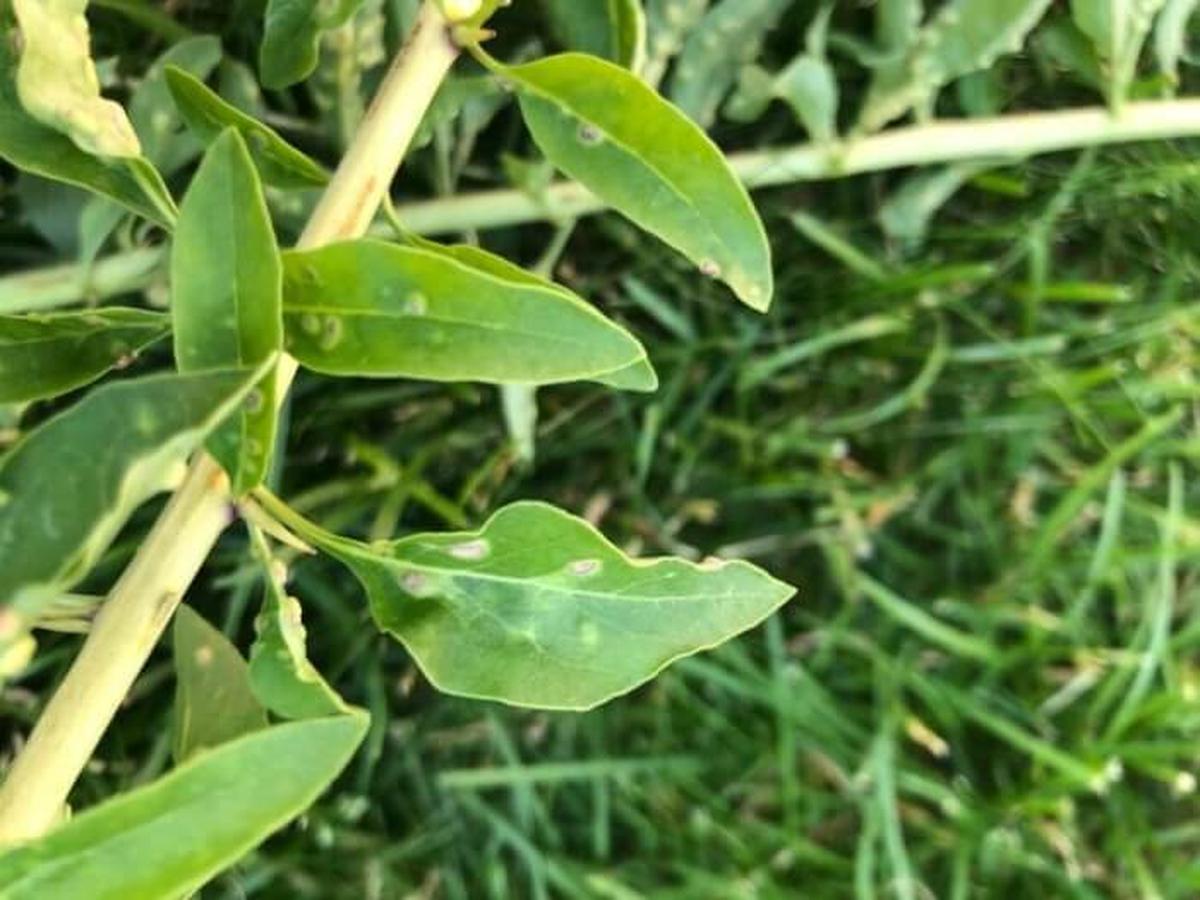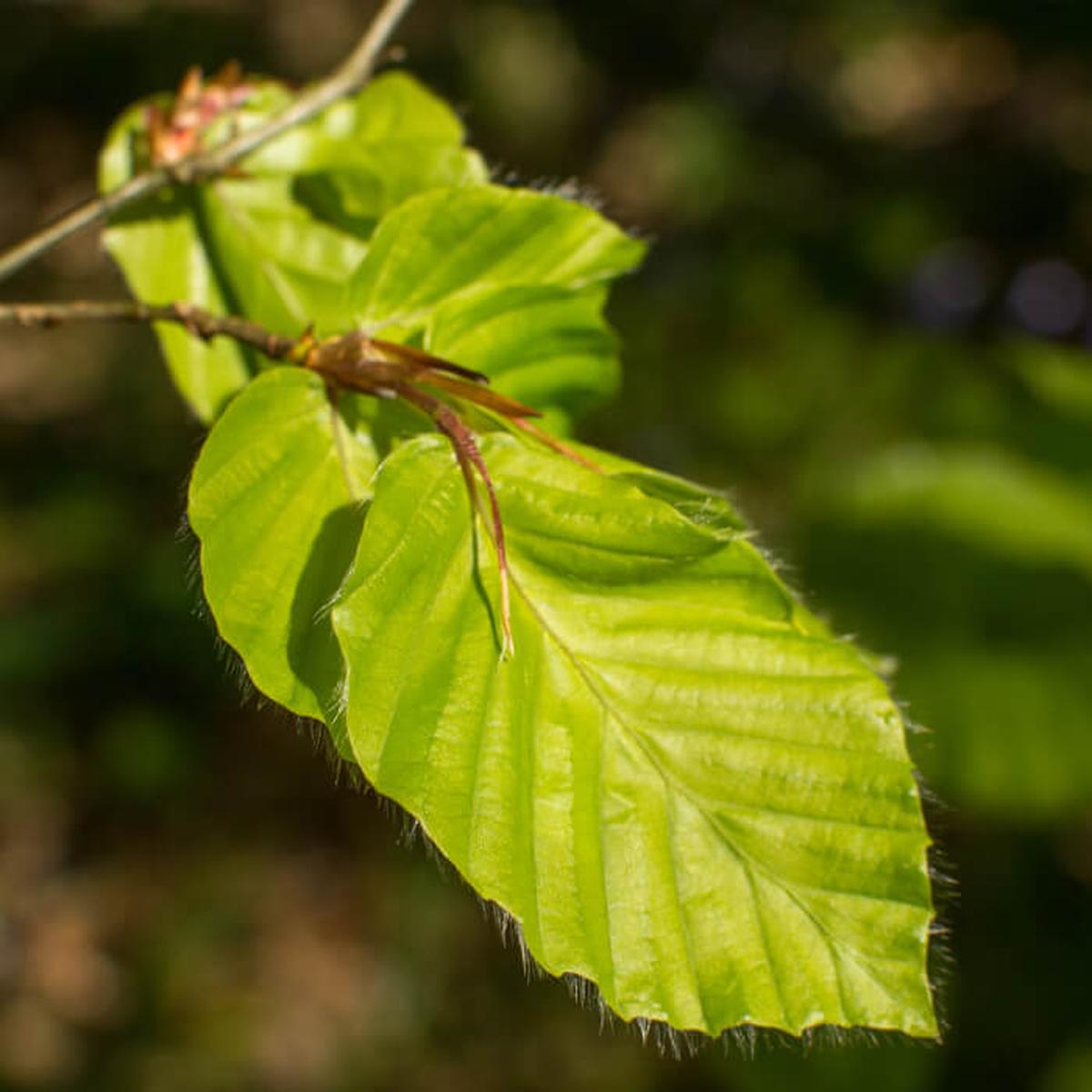10 Trees with Edible Leaves for Garden-to-Table Freshness
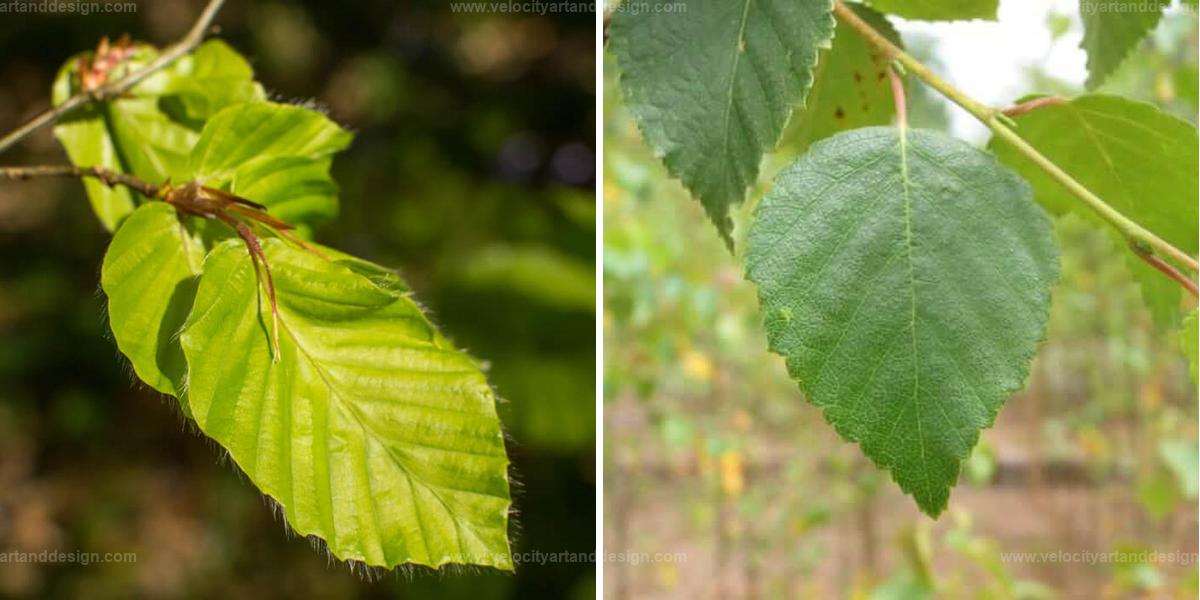
Trees with edible leaves add more than shade to gardens; they offer a sustainable source of nutrition. These unique trees thrive in diverse climates, supporting edible gardening with minimal maintenance.
Their leaves often pack nutrients, bringing extra value to homegrown meals and salads. Adaptable to different soil types, they grow well in a variety of spaces.
By adding these trees, gardeners can enjoy both greenery and a source of fresh produce throughout the seasons. Here are 10 trees with edible leaves to consider for your garden:
Maple
Maple offers more than just its sweet syrup. The sap extracted from this tree transforms into a delicious treat that many cherish.
Interestingly, the leaves are also consumable and play a role in Japanese cuisine. In Minoh City, you can find maple leaf tempura as a popular snack enjoyed by locals and visitors alike.
This unique aspect of maple showcases its versatility beyond syrup production.
Mulberry
Mulberry trees are remarkable for their versatile offerings.
Not only do they bear delicious berries, but their leaves can also serve as a nutritious green ingredient in various dishes.
After boiling the leaves and discarding the water, you can incorporate them into your meals seamlessly.
Additionally, mulberry leaves have a rich history of being brewed into tea, providing another delightful way to enjoy this tree's bounty.
Linden/ Lime Trees
Linden or lime trees offer a range of culinary delights, especially their young leaves. These tender greens possess a satisfying crunch that can enhance salads, reminiscent of fresh iceberg lettuce.
For those who enjoy cooking, the leaves serve well when sautéed or added to dishes in place of spinach and other leafy vegetables. Including linden tree foliage in your meals not only diversifies your plate but also introduces unique flavors and textures worth exploring.
Try incorporating them into various recipes for an exciting twist on traditional greens.
Moringa
Moringa, often referred to as a nutritional powerhouse, offers edible leaves that can be enjoyed in various ways. These versatile greens can be consumed raw or prepared through cooking methods to enhance their flavor and health benefits.
Packed with essential vitamins and minerals, moringa is an excellent addition to your diet for boosting overall wellness. You might find it useful in salads or blended into smoothies for an extra nutrient kick.
Incorporating this remarkable tree’s leaves into meals provides both taste and nourishment effortlessly.
Hawthorn
Hawthorn presents a delightful opportunity for nature lovers seeking fresh greens.
Young leaves from this tree add a rich, nutty flavor to salads, making them an excellent choice in the spring season.
You can easily forage these vibrant leaves as you stroll through hedgerows.
Their taste enhances various dishes and connects you with natural flavors often overlooked in grocery stores.
Walnut
Walnut leaves present an intriguing option for those looking to explore natural beverages. You can brew a soothing tea using these leaves, which may offer unique flavors and potential health benefits.
Additionally, the process of creating leaf liquor from walnuts adds another layer to your beverage repertoire. This versatile ingredient not only enriches drinks but also connects you with nature’s offerings in a delightful way.
Next time you're considering herbal options, think about incorporating walnut leaves into your culinary experiments.
Needles From Spruce, Pine, And Fir
Exploring the world of evergreen trees reveals a hidden treasure: needles from spruce, pine, and fir. These natural wonders can be collected and brewed into a tea rich in vitamin C, offering health benefits that may surprise you.
It's crucial to differentiate between these safe options and yew trees since their foliage is toxic. By enjoying this refreshing drink, I connect with nature while boosting my immune system during cold seasons.
So next time you're outdoors, think about foraging some of those vibrant green needles for a nourishing cup of tea.
Birch
Birch offers an array of uses that enhance both culinary and health experiences. You can incorporate its fresh leaves into salads, adding a unique flavor profile to your dishes.
Additionally, drying the leaves allows you to blend them with other herbs for a nutritious herbal tea packed with benefits. This tree not only enriches meals but also contributes positively to wellness routines through its versatile applications in food and drink.
Exploring birch opens up new avenues for healthy eating habits while connecting you more closely with nature's offerings.
Goji
Goji leaves offer a delightful addition to your meals and beverages.
Packed with nutrients, these greens can be enjoyed fresh in salads or as a vibrant tea alternative.
Their versatility makes them an excellent choice for those looking to enhance their diet with wholesome ingredients.
Incorporating goji leaves into daily routines not only boosts nutrition but also adds unique flavors to various dishes.
Beech
Beech leaves present an intriguing culinary option, especially when they're newly sprouted in spring. Their tender texture and subtle taste make them a delightful addition to salads.
With a flavor profile reminiscent of sorrel, these fresh greens can enhance your dishes effortlessly. Eating them raw not only adds variety but also infuses meals with natural freshness.
Including beech leaves in your diet is a simple way to explore new flavors from nature's bounty.

